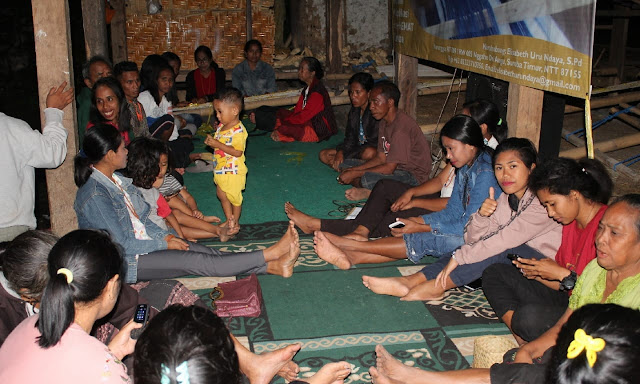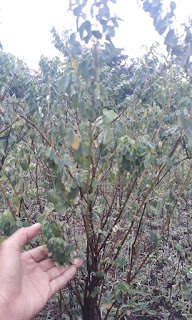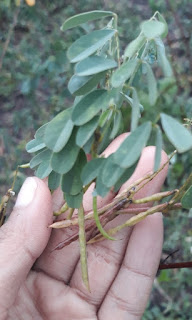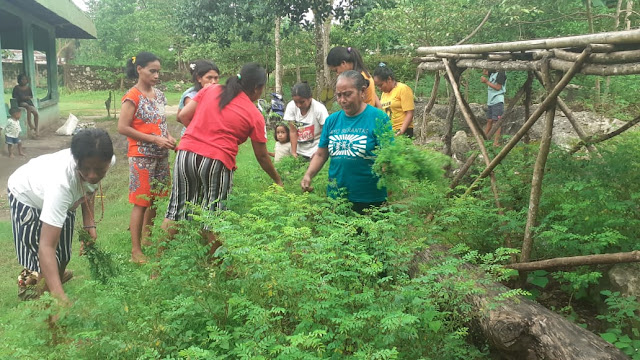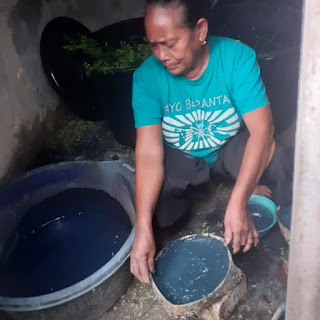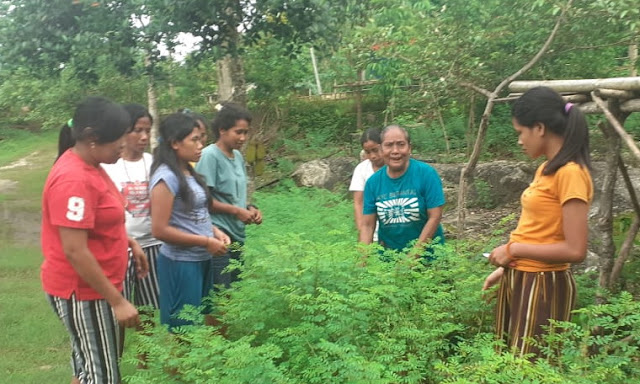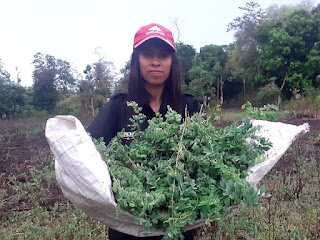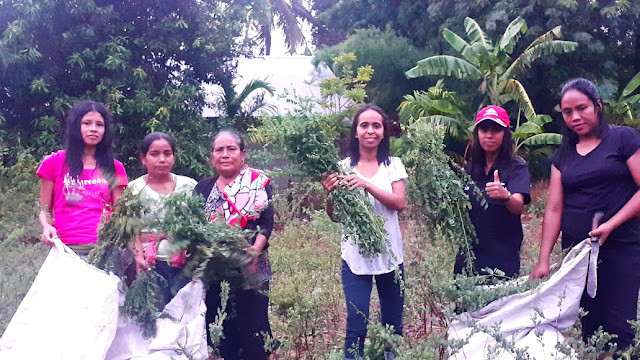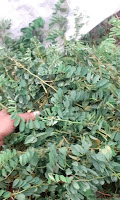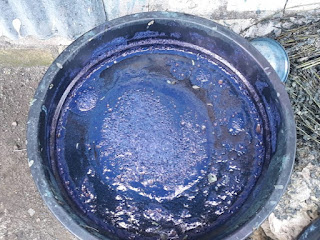Evaluation And Consolidation Of Weaving Groups
Monday, 14 December 2020by Elisabeth Uru Ndaya
By Elisabeth Uru Ndaya
Minister of Women Empowerment and Child Protection, Bintang Puspayoga revealed, based on national statistic data in 2019, 131 million populations almost half of Indonesia’s is women. This data illustrates that women are a contributor to half the strength of human resources in Indonesia. Currently, Indonesia faces various challenges to deal the covid 19 pandemic, both in terms of women's health and social-economic. In terms of the economy, many female workers are laid off from their jobs, and worse it will be more difficult for women who head families and lack-prosperous women to do businesses, due to the loss of distributors and markets.
The women empowerment program through the HEMAT Stube Multiplication in Sumba helped to answer the economic problems faced by most Sumba women today, especially in Tanatuku Village, Nggaha Ori Angu District. The strategic effort to answer the problem of the helplessness is to empower women through a weaving program that is currently being carried out.
Sunday, December 13, 2020, at 15.00 Sumba time, participants of the Stube HEMAT weaving group gathered to evaluate activities and consolidate the group that has been running for about 6 months. This activity was guided by May Nggiri, a representative of church council of Karunggu Sumba Christian Church (GKS) as well as participants of weaving groups. She is very grateful and grateful with the presence of the program from Stube HEMAT to make the young people and women in GKS Karunggu more productive. This program has helped the church with community empowerment.
Furthermore, Mama Yustina as a weaving coach evaluates the results of the group and provides motivation to the participants to keep passionate following the training, as well as revealing the group atmosphere, group compactness, work results and effectiveness of the group following each stage of weaving. She appreciated the spirit of group work in completing every stage. "I am very happy with the spirit of the participants learning to make woven cloth, although it is a little difficult and the participants often make mistakes but it does not make them stop learning. If you want to follow me to be a weaver, you have to keep up the spirit and follow every process that I teach so that you can master quickly," she said. Next, the participants were given the opportunity to share their experiences during the training. Mariance Danga (27 years old) said that it is the first time she knew and learned various stages in weaving.
After the evaluation and group consolidation, Mr. Nikodemus Makanggunggal, an assistant gospel teacher led the prayer together. This weaving group will continue to complete all stages, and now the group is preparing dyeing-yarn that has been tied to get coloring. Hopefully, the skills gained by the participants from this weaving group can help them to make production to improve the economy in the midst of pandemic situations. Let's fight the pandemic by being skilled and keep creative.***
Eco-friendly Using Natural Dyes
Saturday, 12 December 2020by adminstube
The beauty of Sumbanese woven cloth is so admirable, especially the natural colouring woven cloth. It looks elegant and unique. Each plant can be a source of natural dyes because of its natural pigments of its bark, stem, leaves, roots, and pulp. The potency of natural dyes is determined by the colour intensity produced and the color presented by the plant itself. Natural dyes have been recommended by many people as eco-friendly dyes either for the environment or human health because their natural components have a low pollution load and non-toxic.
One of the materials learned by the women weaving group of Tanatuku is the introduction of dyeing plants for weaving. The plants used as dyes can be found nearby their place, thus it saves costs. The advantages of natural dyes are the varied and unique colour, the color intensity nourish the eyes, and the antioxidants bring comfortable and safe to wear. The woven cloth of East Sumba generally uses dyes from the leaves of indigo (Indigofera) for the blue colour, the root of noni (Morinda citrifelia) for red colour, turmeric (Curcuma) produces yellow and candlenut.
On December 10-11, 2020, during the process of tying the yarns, the members of the weaving group explored the soaking stage of natural dyes. Mama Yustina, the weaving trainer, explained the use of Nila/Indigofera by using its leaves, stems, and roots. She invited them to pick up the Indigofera leaves in front of the house to practice from the soaking until getting the result. The natural dyes woven clothes have a high selling value or economic value because they have artistic value and distinctive colours so that they are ethnic and environmentally friendly. Each dyeing process takes almost a week because one cloth consists of three colours, so the complete colouring process can take one month. After all the colouring step is finished, the cloth must be soaked in candlenut oil, then dry it.
Currently, the stage of tying the yarns is complete, and it is waiting for the results of the dye mixture to soak it. The group members cannot wait to see their woven cloth is soaked in natural dyes, as a reference for proving the tying quality they made. After the colouring stage, they will enter the real process, the weaving process. It is the final process in the making of woven cloth manufacture which takes time, but the process may be completed on time because of their cooperative works.
The strong spirit of cooperativeness made the group active and alive. Currently, the weaving program is known by many people, not only in Tanatuku village but also the neighboring villages know the existence of the weaving group. Many of them have ordered scarves, sarongs, and clothes when the group supported by Stube HEMAT has produced their products. Keep up the spirit of the woman group.***
Finding Out the Natural Dyeing Plants
Monday, 7 December 2020by adminstube
By Elisabeth Uru Ndaya, S.Pd
On Saturday, December 4, 2020, the weaving group of Tanatuku continued the unfinished training on tying the motif. The activity was started at 13.00-17.00 WITA accompanied by Mama Yustina as the trainer. The progress of training through all the weaving stages was shown by the participants’ improvement, some are very good although there are still some mistakes, such as the knots that had to be opened and repeated because the ties were not tight enough. From this mistake, the trainer reminded that if the thread ties are not tight, the motif will not show the designed motif. The participants also realized that the quality of their weaving was determined by the persistence in practices. They were excited to fix it again. That is how the beginners have to go through a long process, from being unable to be able.
Besides the process of completing the yarns tying stage, the participants also prepare colouring materials for the 20 sarongs that are being worked on. If they want to use natural dyes, they have to think about how to get the materials, meanwhile, the natural colouring materials are not available nearby their place. The natural colouring plants are commonly found in the place where the weavers live. Luckily, Mama Yustina, the weaving trainer, comes from Lambanapu, a place of traditional weaving craftsmen and she has a garden for Indigofera plants.
On Sunday, December 6, 2020, after church service, the members of the weaving group accompanied by the trainer and several representatives from other weaving groups left for Lambanapu village, Kambera district to afford the natural dye. By using an open pick-up car, they spent about two hours for their journey. Although the group was wet because of the rain as it was the rainy season, it did not reduce the enthusiasm to get natural dyes. After arriving in the Indigofera garden, they were amazed by the vast Indigofera garden with its green and lush leaves. They immediately picked the leaves and put them in six big containers and returned to Tanatuku.
The Indigofera leaves are then cleaned and ready to soak in the provided container. The soaking process is carried out until they produce dregs and the soaking process is complete. Then the dregs of the Indigofera leaves are dried under the sun to dry. The last step is soaking the tied woven cloth into a container filled with water by mixing the dried Indigofera dregs. Let us continue the spirit of Tanatuku women, for the next stage.***



